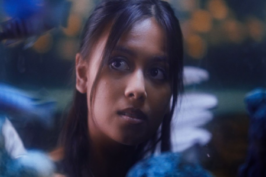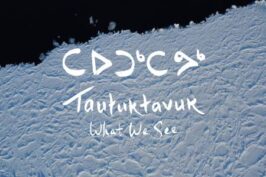Pioneers in devised theatre incorporating movement, live music, interactive design, and media work, Theatre Gargantua is a leading multi-disciplinary theatre company. Jacquie P.A. Thomas, one of Canada’s longest-serving female Artistic Directors, founded Theatre Gargantua in 1992. Alongside with Michael Spence and other artists, Thomas has made Theatre Gargantua an artist-driven company that produces ground-breaking works in two-year cycles.
I had the pleasure of speaking with Thomas and Spence before the premiere of their latest work, Reflector, to talk about the company, and their upcoming premiere.
Producing new works in two-year cycles
Prior to creating the company, Thomas had been training in Europe. There she learned that other companies were creating work over a longer period of time. This sparked an idea. When Thomas founded Theatre Gargantua in 1992, it was not as common in North America to produce a theatre piece in two-year cycles. She took what she learned in Europe and adapted it to North American standards.
In general, the Theatre Gargantua team creates new works in four phases over this two year process. The entire team explores together and experiments. Actors come to help develop their characters; various designers help to implement all design elements – which include video, music, and movement.
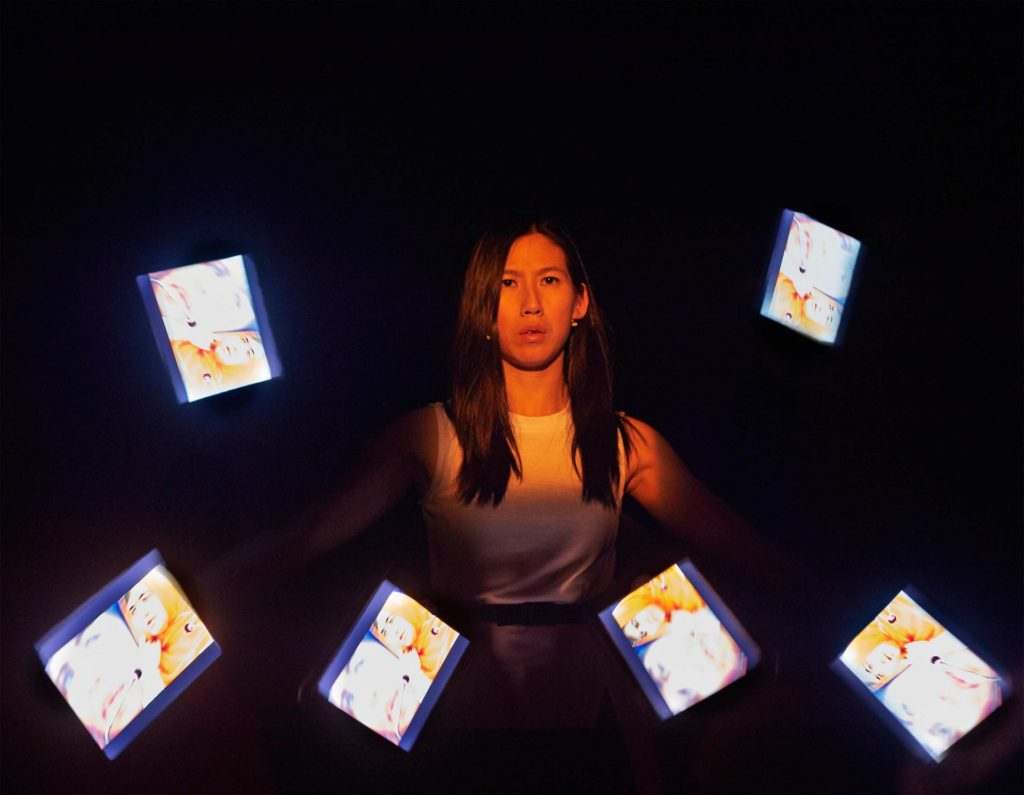
The creative process
Spence shares how “people really enjoy working [together]… they are being afforded time to create something; while also being allowed to be an author.” In his case, he’s always been writing for the company. This means, he knows Jacquie’s approach very well. He also understands how other design elements will fit into the piece. This is a major advantage.
As a writer, his favourite part is people sharing how “this made me think of this or that.” The input from everyone is what drives the whole process. Everyone is “at the table; everyone is inspired.” Guest artists are also invited to help flush out the work; they also provide different points of view. The company creates a community, collaborative feel from the beginning. This makes it exciting. There is “investment in the work on the part of all artists involved… every idea is honoured & considered.”
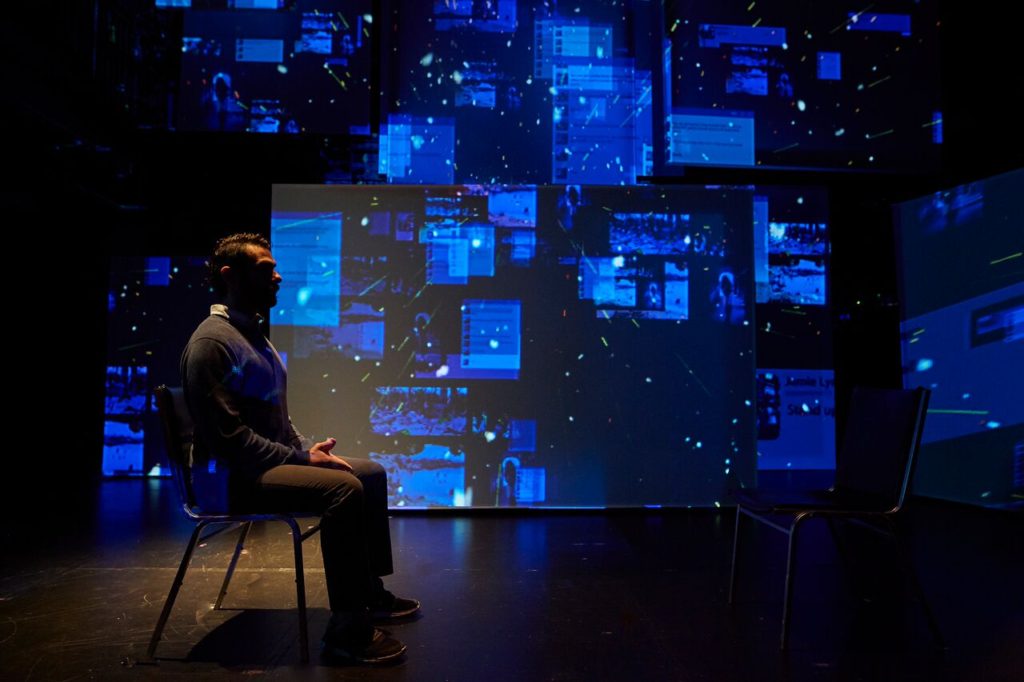
When is the piece ready to premiere to live audience?
The team usually breaks the process into phases in order to keep the two-year process going. Usually, a piece will premiere in the Fall of the second year. As we know however, “theatre is a living thing,” says Thomas. The premiere may be coming up but changes may still happen. The team pays attention to “what’s reading & not reading for audiences,” continues Thomas. The piece will be a work in progress so to speak, that is enhanced by paying attention to audiences’ comments after the performances.
In Reflector, their latest work, Spence also went back to original sources… even as recent as in the past month. These are sources that continue to captivate his imagination; they are also pieces he wanted to reference again.
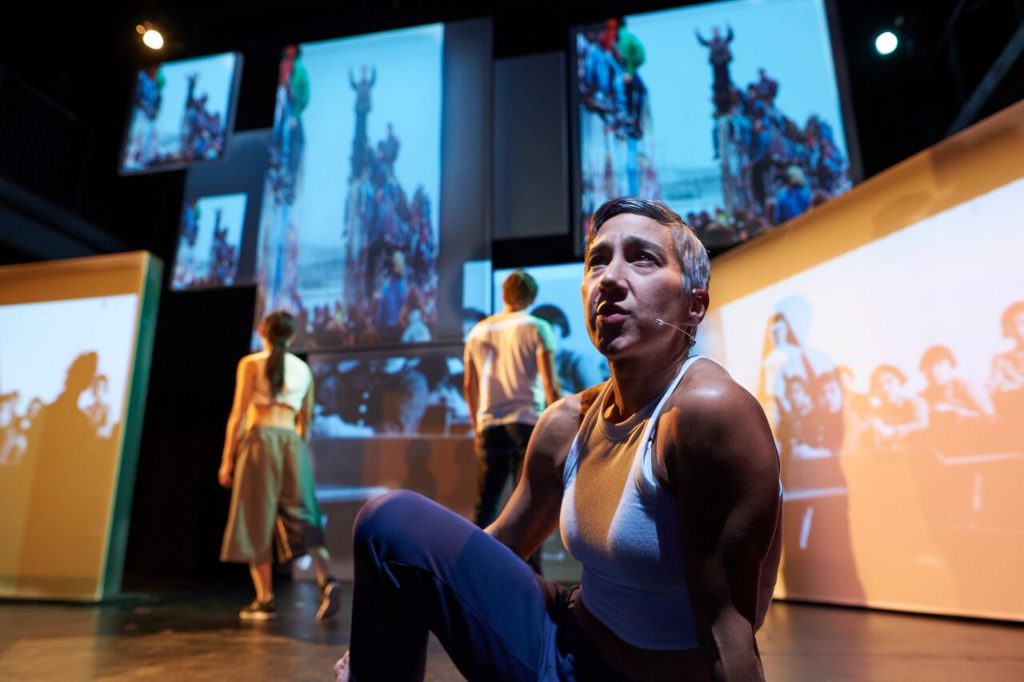
Reflector
The team was considering the idea of exploring ‘the image’ as a theme in this piece. One day, Thomas was driving and heard the story of Alan Kurdi (the drowned Syrian boy) on the radio. This particular image landed on front page of newspapers around the world. The image evoked very visceral reactions from many people. We live in an era when images are now shared at unbelievable rates. Thomas thought to herself, “What was it about that image the disturbed the [whole] world?”
After Thomas’ idea of using an image as focus for Reflector, Spence describes how the team’s first workshop involved going to a library. At this first workshop, Spence did not have the whole text yet. Once at the library, the team looked at books, articles – this is how the whole team started collaborating on what came to be Reflector. From the resource materials he extrapolated characters.

The play includes four characters; each one is inspired by real life people. Thomas explains, how one character is based on a war photographer who took an image that went viral. The image was of a starving child in Sudan with a vulture nearby; the photo was published in the New York Times. There was so much negative feedback from the photograph, that the photographer eventually killed himself. The viral image affects each and every character in different ways. What they have in common is that they are all seeing a neuroscientist. This neuroscientist was inspired by a book Spence read about the effects of magic on the brain – essentially, about how the brain processes what we see.
Spence recalls how Thomas wanted to explore different styles of words in Reflector. The show involves different forms of poetry as part of the text. There are more “poetic elements included in the monologues; elements like spoken word, song,” among others. Spence keeps building on these elements to fill the whole story.
For all other aspects of Reflector, “all designers have been involved from day one,” says Spence. The show includes all original music, large scale projections, live vocal scores and dynamic choreography, to explore an evolution in human communication – the use of modern technology to share images instantly and globally.
To see how the process comes all together, be sure to attend a performance of Reflector. It is currently on-stage until Saturday November 18, 2017, at Theatre Passe Muraille Mainspace. The production uses what has become Theatre Gargantua’s trademark of a highly physical style and multi-disciplinary approach. The design features lighting and projection by Laird Macdonald; set design by Michael Spence and Macdonald; sound design by Thomas Ryder Payne; and costumes by Melanie McNeill. The stage manager is Daniel Oulton. The Producer is Yolanda Ferrato.
Tickets for Reflector can be purchased by calling the box office at 416-504-7529, or online. For other details about Theatre Gargantua and this production, please visit theatregargantua.ca.
*All photos by Michael Cooper.



